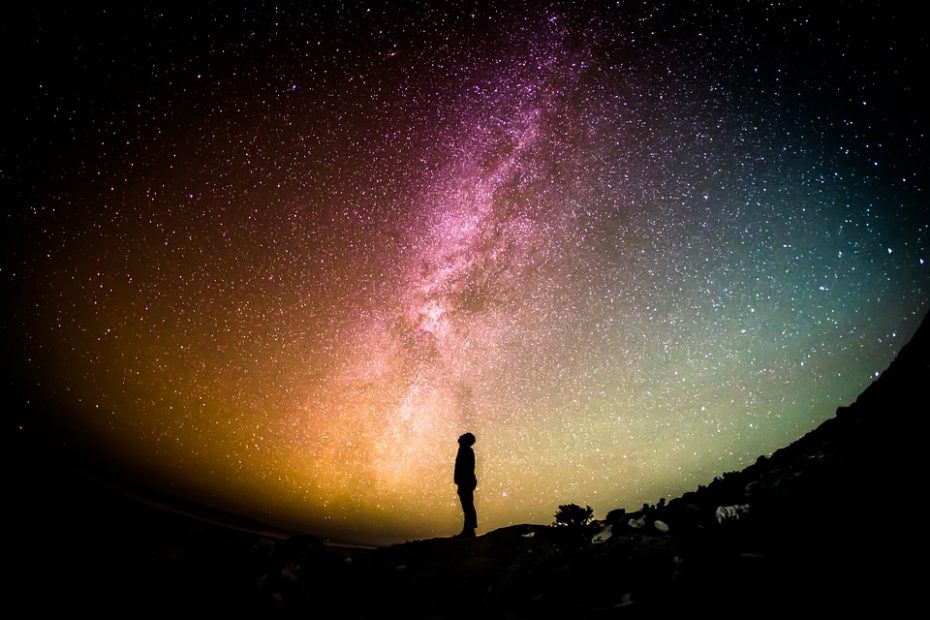Until just 90 years ago, the entire universe was our Milky Way galaxy for humans, but then Edwin Hubble’s great telescope changed the way we view our universe. The heavenly bodies we see in the sky are just part of our galaxy, while there may be millions of such galaxies like this in the universe, that’s why when astronomers are asked if there could be more universes besides our own, they become silent, the reason being that until a hundred years ago we were not convinced that there was a galaxy other than our galaxy, so if we think that our universe is also one, then it is very possible that it seems wrong. How limited is our knowledge about our universe? In 1932, Estonian space researcher Ernest Opic claimed that there are huge clouds of ice on the edge of the solar system and their layers are indescribably thick.
After researching Ernst’s hypothesis, Danish space researcher John Oort claimed in 1950 that all the comets we see in the solar system actually come from a certain part of the solar system. John Oort’s research has shown that this part of the solar system is called the Oort Cloud. It is located at a distance of approximately one to three light-years from our solar system.
In the Oort Cloud belt, there are ice-covered meteors that, if ever clinging to the sun, appear to us in the form of comets. It is said that when our Sun came into being, it was so far away. The dust did not combine to form a planet, so this icy rock has existed in the form of a shell around the sun ever since, and life on Earth may have started with these icy rocks, as the solar system came into being. After that, its newborn planets were rained with icy rocks for millions of years, through which the elements from which life began to flourish reached the Earth.
Our sun is moving in a certain direction, during which some meteors from the Oort Cloud will sometimes deviate from the solar system and turn to other stars and sometimes meteors coming from other stars will join it. In October 2017, a mysterious 400-meter-long rock called Omomuwa came from Lyra, a cluster of stars, and after revolving around the Sun it headed to Pegasus cluster of stars. For the first time, scientists had found such a rock so close, the same rock that came from outside our solar system.
Scientists have seen this rock again some time ago. Remember this icy belt called Oort Cloud has not been seen yet, but there are many such signs. Guess how far this icy belt is from us that NASA sent a spacecraft Voyager 1 out of the solar system 40 years ago, which is about 22 billion kilometers so far. 40 years have passed since this spacecraft traveled at 17 kilometers per second but it also needs another 300 years to enter the Oort cloud, and once it enters, it will take 30,000 years to emerge from the Oort cloud. The universe is so vast that is why we cannot say anything clearly about the edges of the universe because we do not yet know the complete details about the edges of our sun (solar system). Perhaps that is why the famous biochemist J. B. S. Haldane had to say: “This universe is not only as mysterious as you think but even more mysterious than you can imagine.”
Skardu.pk is one of the leading authentic news and information platform focusing on adventure tourism, regional and world affairs.

